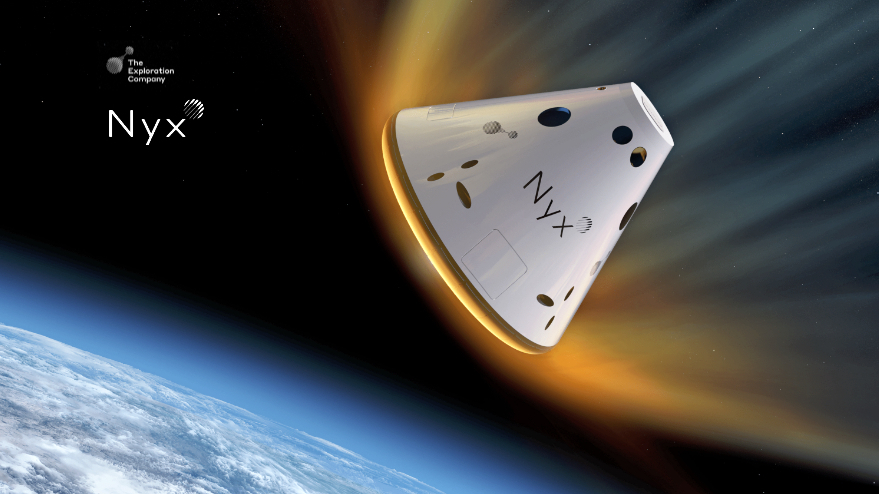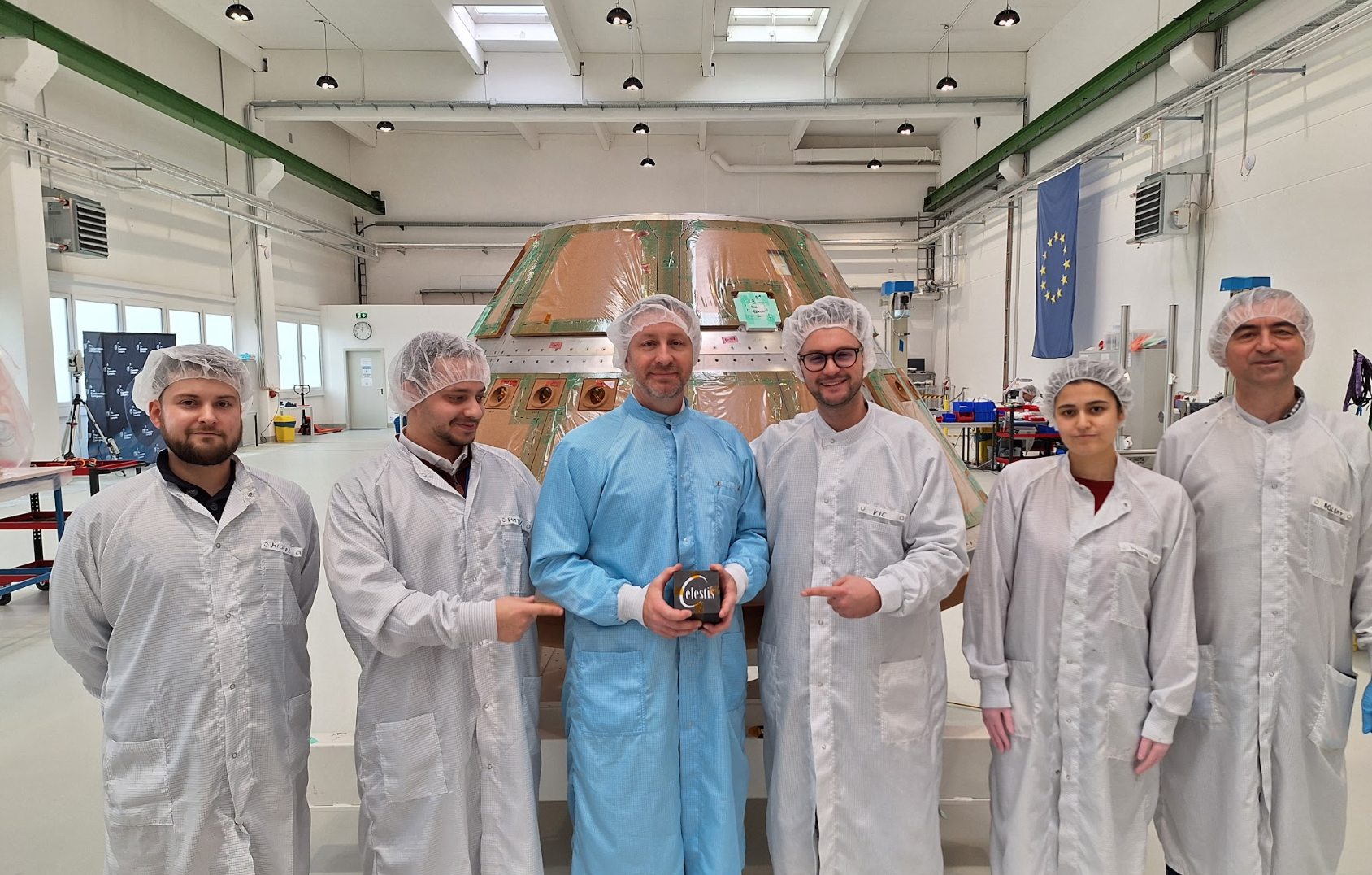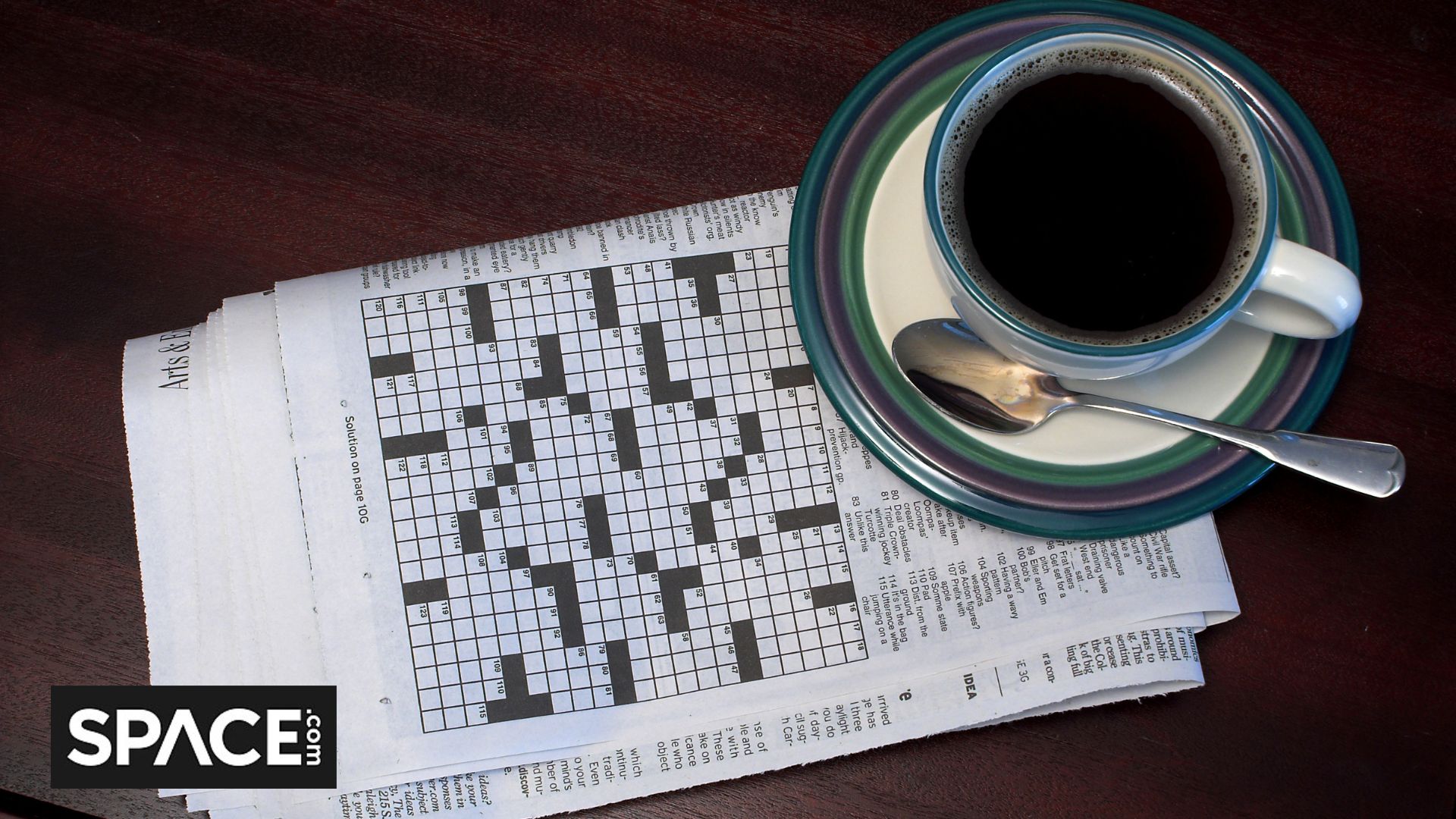Human remains lost after memorial spaceflight capsule crashes into the sea

A space capsule included on a recent SpaceX launch almost survived its decent back to Earth, so The Exploration Company is deeming their mission a "partial success".
A SpaceX Falcon 9 rocket launched the Transporter-14 rideshare mission June 23, sending 70 payloads from different customers into orbit. The satellites included cubesats and other spacecraft bound for low-Earth orbit, as well as two reentry capsule designed for recovery back on Earth.
The first came from Varda Space — the company's fourth "Winnebago" series spacecraft designed to test first-of-its-kind on-orbit pharmaceutical manufacturing. Its mission is still underway. The second, Tranporter-14's largest payload and the last to be released, was European spacecraft manufacturer The Exploration Company's "Mission Possible" Nyx capsule, carrying remains contributed by loved ones through Celestis Memorial Spaceflights.
Celestis offers various tiers of space memorial services that range all the way to launching remains into deep space. Their "Earth Rise" package includes launching DNA of customers' deceased loved ones (or even pets) into space and returning them to Earth. Unfortunately, their return this time around did not go as smoothly as planned.
For their 25th launch, dubbed "The Perseverance Flight", Celestis paired with The Exploration Company's Mission Possible to carry its memorial payload to space and back aboard the Nyx capsule. At least that was the plan.
Nyx performed nominally throughout its entire mission, all the way up until just minutes before its expected Pacific Ocean splashdown. "The capsule was launched successfully, powered the payloads nominally in-orbit, stabilized itself after separation with the launcher, re-entered and re-established communication after black out," the company wrote in an online update.
For any spacecraft reentering through Earth's atmosphere, a period of communication blackout occurs as intense friction with surrounding air forms a layer of superheated plasma around a vessel's hull. Following the most intense stages of falling back from orbit, communications are typically reestablished during a ship's last stretch to landing. Nyx's return, up to that point, was no different — until it was.
Breaking space news, the latest updates on rocket launches, skywatching events and more!

The Exploration Company's capsule encountered an anomaly shortly after reestablishing communications. "[Nyx] encountered an issue afterwards, based on our current best knowledge, and we lost communication a few minutes before splash down. We are still investigating the root causes and will share more information soon," the company said in their update.
Nyx's parachute failed to deploy, according to a later statement form Celestis. "The parachute system failed, resulting in the Nyx capsule impacting the Pacific Ocean and dispersing its contents at sea," they said. In short, the capsule and its contents plummeted into the drink.
"Though we currently believe that we cannot return the flight capsules, we hope families will find some peace in knowing their loved ones were part of a historic journey, launched into space, orbited Earth, and are now resting in the vastness of the Pacific, akin to a traditional and honored sea scattering," Celestis said.
The Exploration Company echoed that sentiment. "We apologize to all our clients who entrusted us with their payloads," their update reads.
Mission Possible was The Exploration Company's second foray into space, and the first for its Nyx capsule, which they are designing with the intent of transporting crew and cargo to and from LEO and beyond. And they aren't letting the snag at the end of the endeavor slow them down.
"We have been pushing boundaries in record time and cost. This partial success reflects both ambition and the inherent risks of innovation. Leveraging the technical milestones achieved yesterday and the lessons we will extract from our ongoing investigation, we will then prepare to re-fly as soon as possible," the company said.

Josh Dinner is the Staff Writer for Spaceflight at Space.com. He is a writer and photographer with a passion for science and space exploration, and has been working the space beat since 2016. Josh has covered the evolution of NASA's commercial spaceflight partnerships and crewed missions from the Space Coast, as well as NASA science missions and more. He also enjoys building 1:144-scale model rockets and human-flown spacecraft. Find some of Josh's launch photography on Instagram and his website, and follow him on X, where he mostly posts in haiku.
You must confirm your public display name before commenting
Please logout and then login again, you will then be prompted to enter your display name.
